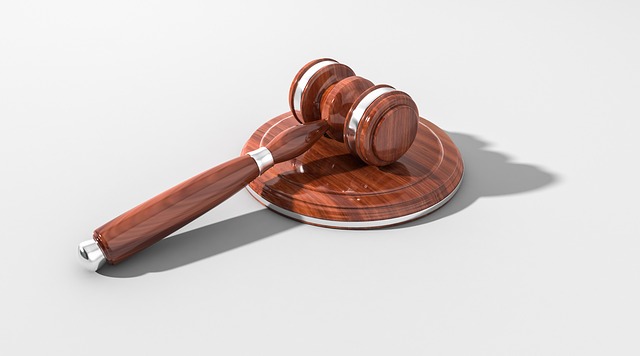Oregon's Child Protective Services (CPS) operates within a strict legal framework to protect and support vulnerable children, with professionals investigating abuse or neglect reports and making well-being-focused decisions. Reporting such incidents is a civic responsibility, and understanding the state's child welfare laws—including definitions of abuse and neglect—is vital for recognizing and addressing harm. Both parents and children have defined legal rights in CPS cases, ensuring fairness; this includes parental involvement, representation, and children's rights to dignity, placement, participation, and visitation. Navigating these laws also opens options for prospective parents through adoption, foster care, co-parenting, and step-parent adoptions, aiming to provide permanent homes for Oregon's vulnerable youth.
“Navigating Oregon’s child welfare laws is crucial for parents, caregivers, and anyone concerned with a child’s safety. This comprehensive guide delves into the essential aspects of Oregon’s Child Protective Services (CPS) system, detailing how to report abuse or neglect discreetly yet effectively. It explores the rights of parents and children involved in CPS cases, as well as the adoption process and alternative family formation options. Understanding these laws is vital for ensuring a child’s well-being.”
- Understanding Oregon's Child Protective Services (CPS) System
- Reporting Child Abuse and Neglect: Who and How
- Legal Rights of Parents and Children Involved in CPS Cases
- The Adoption Process and Other Family Formation Options
Understanding Oregon's Child Protective Services (CPS) System

Oregon’s Child Protective Services (CPS) system is designed to protect and nurture vulnerable children within the state. It operates under the broader framework of child welfare laws, which are aimed at ensuring the safety, well-being, and stability of minors. Navigating child welfare laws can be complex, but CPS has a comprehensive approach to address various issues affecting children and families.
The system involves specialized professionals who investigate reports of abuse or neglect, provide support services, and make informed decisions to ensure children’s best interests are upheld. By understanding the nuances of this process, parents and guardians can better prepare themselves to collaborate effectively with CPS, ensuring a positive outcome for their family while adhering to Oregon’s stringent child welfare regulations.
Reporting Child Abuse and Neglect: Who and How

In Oregon, reporting child abuse or neglect is a crucial step in ensuring the safety and well-being of children. Anyone can report suspected cases, including family members, caregivers, teachers, healthcare professionals, and even strangers if they witness an incident. The process involves contacting the Department of Human Services (DHS) Child Welfare Division. When making a report, it’s essential to provide as much detail as possible about the child, the abuser, and the nature of the abuse or neglect. This can include specific incidents, patterns of behavior, and any relevant information that might help authorities take immediate action.
Navigating child welfare laws requires understanding when and how to intervene. The state of Oregon has clear guidelines on what constitutes child abuse and neglect, covering physical, emotional, sexual, and developmental harm. It’s important to recognize the signs and symptoms associated with these forms of maltreatment. By familiarizing themselves with these laws, individuals can play a vital role in protecting vulnerable children and guiding them towards the appropriate support systems.
Legal Rights of Parents and Children Involved in CPS Cases

When involved in a Child Protective Services (CPS) case, both parents and children have specific legal rights that must be respected. Understanding these rights is crucial for navigating child welfare laws effectively. Parents have the right to be informed about the case against them, to participate in hearings, and to retain legal counsel to defend their parental rights. They can also request a fair and impartial trial, where they can present evidence and cross-examine witnesses.
Children involved in CPS cases also possess certain protections. They have the right to be treated with dignity and respect, to remain with a family member or suitable caregiver if possible, and to participate in decisions that affect their future. Additionally, children are entitled to regular visitation with their parents unless it’s deemed unsafe. These rights ensure that both parents and children are adequately supported throughout the legal process, emphasizing the importance of navigating child welfare laws with sensitivity and fairness.
The Adoption Process and Other Family Formation Options

Navigating Oregon’s child welfare laws opens a range of options for prospective parents, including adoption and various family formation alternatives. The state has streamlined procedures to facilitate adoptions, making it accessible for eligible individuals and couples. This process involves several steps, from home studies conducted by approved agencies to court proceedings to finalize the adoption. Social service organizations play a crucial role in supporting potential adopters throughout this journey.
Beyond traditional adoption, Oregon offers other family formation paths, such as foster care-to-adoption programs and collaborative arrangements like co-parenting or step-parent adoptions. These options cater to diverse circumstances and families, ensuring that all children in need find permanent, loving homes while respecting the varied lifestyles and structures of modern families.






